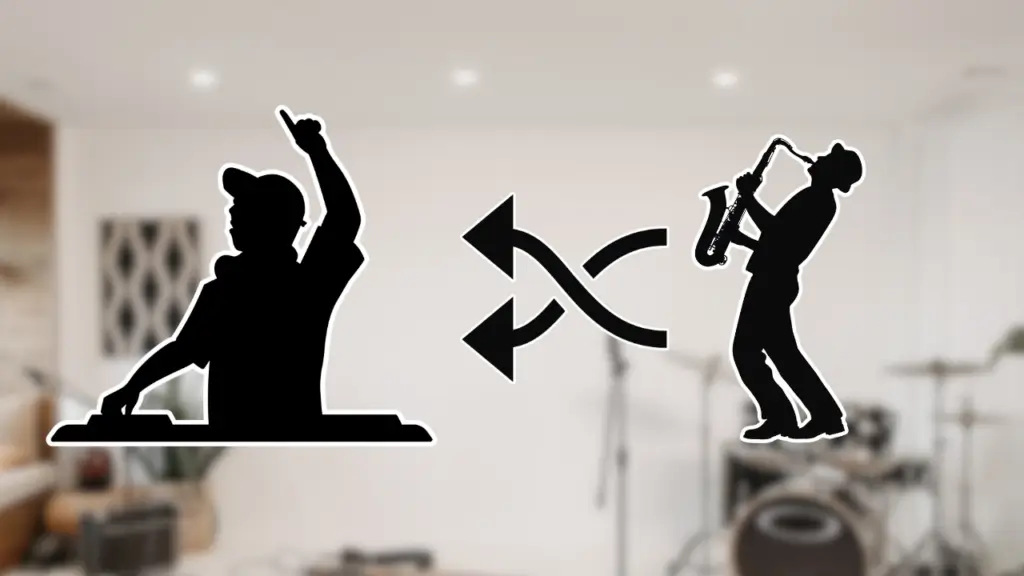The music industry is full of life today as artists mash different styles to create new music products. This is not only a new program for changing and crossing genres. It also broadens the spectrum of listeners that can be reached, inspires new creativity, and eliminates various restrictions.
Thus, cross-genre blending entails the fusion of knowledge from two or more successive music types to create a new, distinct type of music. This approach proves useful for artists to experiment and test the limits of conventional music and its formats. For instance, blending pop and hip-hop has produced fresh drums and exciting music for several listeners, while an amalgamation of electronic and indie music has produced layered music.
Great Crosse-Over Artist
Drake and Cardi B are some of the most famous artists who have successfully performed crossovers by singing hip-hop with pop and R&B music. Drawn similarly to other bands such as Imagine Dragons, the groups embrace electronic and rock family features, making their music acceptable to all. Such instances indicate the possibilities of crossing over from one genre to another and the business opportunity one gets from clutter breaking.
The Importance of Cultural Mixes and Using World Elements
The use of world elements to blend music genres has partly been caused by globalization. Modern music examples like Latin trap, on the one hand, and K-pop, on the other, are perfect examples of how traditional genres are popular today and have embraced trends, making them popular worldwide. Two examples are Bad Bunny and BTS, who are prominent stars of this phenomenon, proving that cultural blenders can only improve the musical variety and have the potential to address a worldwide audience.
Impacts of Technology on Innovation
Improvement of music production technology has ensured that artists get more ability and flexibility to produce new techniques. Turntables, disks, vocal recordings, beat mixing and beat matching, drum machines, computer music or digital audio workstations (DAWs), sampling-based music or virtual instruments to combine various musical components. Technological accessibility leads them to innovative creations of this music since the producers can cook music in a way that does not fit into a particular genre.
Implications for Sound Production and Audience
Carving genres have major consequences for the music industry. It fosters teamwork between musicians of different kinds, thus sparking a renewed and refreshed stock of musical production. Therefore, the tendency can be positive for audiences, giving them more choices of music to listen to, ignoring the clearer black-or-white division of people’s preferences, and offering a more diverse and colourful feed in music.
That is why, although the genre-blending approach has many advantages, there are certain difficulties linked to it. To prevent the originality of various types of comedy, it must always be remembered that being authentic is key to their classification. Moreover, some people might like a band for the sole reason and expectation it produces purely genre sounds. The antagonism of innovation to tradition should be managed to increase genre crossing’s sustainable growth rate.
Industry Perspective
Analyzing the possible future directions of genre-blending, it is possible to notice that more and more artists will use this technique. This is because virtual collaborations and cross-cultural partnerships will enrich the type and variety of music. Firstly, own playlists may contain concerts from various styles, and therefore, personalized streaming algorithms suggest mixed-genre tracks to amplify their exposure.
Conclusion
Finally, streaming and its impact on cross-genre fusion presents a much more dynamic, diverse and interconnected music world. Besides using measures to combine new sounds into music, artists are further developing a richer and more varied musical texture. This trend constantly changes as it grows, presenting the world with more exciting and diversified music.





